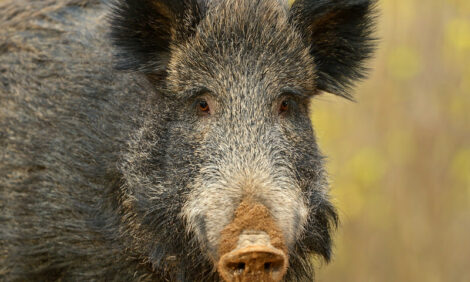



CME: Temporary Reductions in Slaughter
US - According to CME's Daily Livestock Report for 21 July, hog futures lost ground on Tuesday on concerns that the surge in cutout values may be rather fleeting, reflecting the short term impact of big slaughter cutbacks rather than a demand driven summer rally.The pork cutout has surged higher in recent days as slaughter cutbacks
have allowed packers to clean up inventories. The pork cutout value on Tuesday was quoted at
$66.70 per cwt, some $1.2 per cwt higher than Monday’s levels and $12.9 per cwt or +24 per cent higher than at
the beginning of July. Lean hog prices (IA/MN wt. avg.), on the other hand, were quoted on Tuesday
afternoon at $58.30 per cwt, $1 higher than the previous day but only slightly higher than where they
were on 1 July.
The fact that hog values have failed to get much traction despite the surge in cutout
values has some market participants worrying that the recent pork rally may not be sustainable going
into August. The bullish argument would suggest that current reductions in slaughter are due to
tighter hog supplies. If that is the case, as pork cutout values move higher, packers have to raise their
bids for live hogs in order to secure enough product to meet demand and so forth.
The more bearish argument
would suggest that the reductions in slaughter were temporary, reflecting decisions by packers
to reduce output in the face of big losses. In that case, hogs that would have been processed last week
are still available this week, albeit with more pounds on them. In that case, packers bids stay flat and
may even decline should a backlog of hogs and/or pork develop. Slaughter was again light on Monday at
356,000 head, in part due to production issues at one slaughter facility but also because of slower
slaughter overall.
Tuesday slaughter was 416,000 head, slightly ahead of last year’s pace. Going forward,
it will be important to see whether producers remain current. One positive development in the
last few weeks has been the decline in hog carcass weights. Weights were somewhat out of control following
the flu outbreak and the backlog that developed. More recently, lean hog carcass weights have
declined but one should be careful not to make too much of this. Seasonally weights go down in the summer
as heat takes its toll on animals.
What is important to note is not just the fact that weights decline
but also the rate of the decline compared to normal. Last week USDA reported hog carcass weights of
around 200 pounds, which we think is too high given that weights were 199 pounds for the week ending
4 July. We should see weights decline another three pounds between mid July and early August. The
concern is that by less than what the seasonal suggests, adding more pounds to a summer market that
already seems to have more protein than it can handle.










